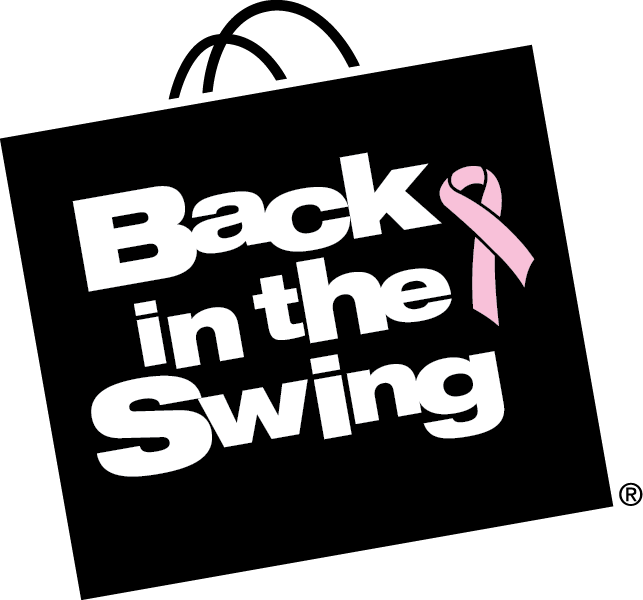Thanks to advanced treatments and earlier detection, there are now over 2 and a half million breast cancer survivors in the USA today, each of whom deserves the right to obtain the most advanced care to prevent a cancer recurrence, prevent the development of a new cancer and coordinate the work of specialists and primary care physicians to ensure that all of her health needs are being met.
After treatment, many survivors are left with health issues that require lifelong attention. Besides the fear of reccurrence, they may experience some or all of these common symptoms, including lymphedema, weight gain, sleeplessness, muscle fatigue, cardiac problems, short-term memory loss, hot flashes, skin dryness, neuropathy, vaginal dryness, depression, lose of sexual desire, and more. In 2000, Back in the Swing was launched to shine a light on post-treatment care from the breast cancer survivor’s point of view.
Today, the medical community is beginning to focus on the importance of individualized, post-treatment care throughout a lifetime of survivorship. From the National Action Plan for Cancer Survivorship: Advancing Public Health Strategies, three distinct phases of survivorship are defined:
- Living with cancer refers to the experience of receiving a cancer diagnosis and any treatment that may follow. During this time, patients will undergo treatment and may be asked to join a clinical trial to study new cancer therapies. Patients and their caregivers may be offered services to help cope with emotional, psychological and financial concerns.
- Living through cancer is the period following treatment in which the risk of cancer recurring is relatively high. Many patients are relieved that treatment is over, but anxious about no longer seeing their cancer doctor on a regular basis. During this stage, patients typically see their cancer doctor two to four times a year depending on their circumstances.
- Living beyond cancer refers to post-treatment and long-term survivorship. While two out of three survivors say their lives return to normal, one-third report continuing physical, psychosocial or financial consequences. During this stage, most survivors go back to the care of their primary physician. Ideally, they will have developed a long-term health care plan with their cancer doctor to be implemented by their regular doctor.

